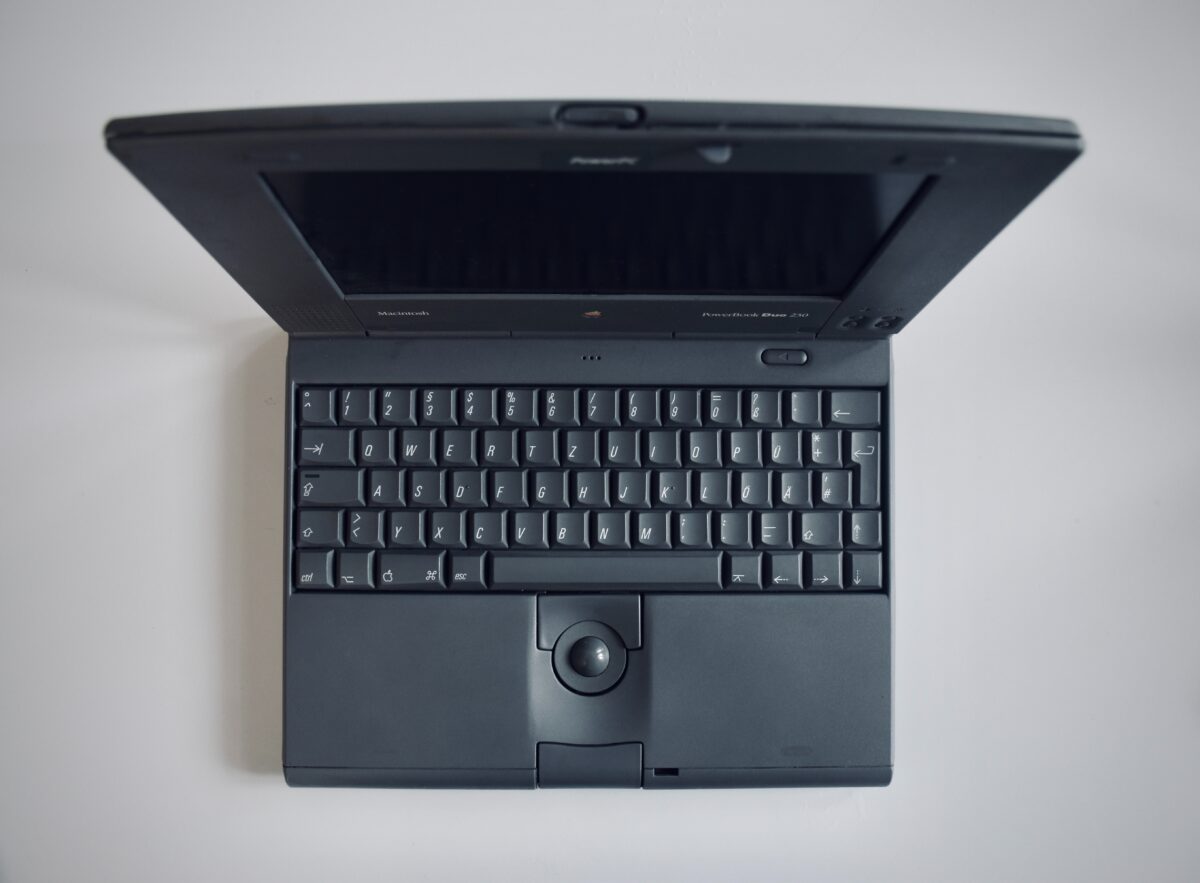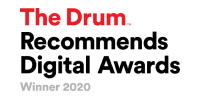It’s 9:23am. You’ve finished your team stand-up. You’re briefed on your tasks for the day and you’ve already read your 56th ‘What to expect from the AI marketing future that’s in store for all of us’ headline article of the day.
You’re sick of it already.
You’ve got a dozen clients dragging their heels over prepping for GA4, another client has asked for another piece of out-of-scope work to be included in the next quarterly budget, and you’re still being asked a bunch of questions before your team gets started on the graphics you’ve asked them to produce.
AI can wait, right? It’ll be ages before it hits and besides, you can still do your job better than AI can do it.
Well, it might be worth revising your timeframe on that.
History repeats itself
Let me take you wistfully back to the ancient paradise that was the Creative industry in the early/mid-90s.
I was a young, bright-eyed design student, full of can-do attitude, positive mindset, and the belief that I was going to change the world with my mad design skills.
When I first began my training, I was still being broadly taught a traditional design approach to tools – screenprinting, developing photos in a darkroom, Letraset (ask your senior creative), that sort of thing. The smell of Spray Mount is something that will make me happy until my dying day.
Why am I giving you this old man anecdote, you may ask?
Because at that time, there were seriously combative arguments going on about this new thing called Photoshop.
‘Photoshop will change everything’, ‘Photoshop already HAS changed everything’, ‘Photoshop is a flash in the pan’, ‘You can do a much better quality job with photos in a darkroom’.
That might have a familiar feel to it.
The interesting thing is every statement above is true. No-one was wrong.
Ultimately though, those who had positively embraced what Photoshop could offer were the ones that adapted and survived in the industry. Those who focused too heavily on the ‘not-now’ were essentially out of a job by the end of the decade.
The reason Photoshop won out wasn’t because it eventually was able to outdo the quality of a darkroom – you can make a convincing argument that you can still do a better job with negatives in a darkroom.
It won out because of commercial convenience.
It allowed creatives to get 90% of the way there but in less than half the time, it allowed agencies to do faster turnaround but generate higher profit margins, and it lowered the barrier for entry for young creatives like me, getting more people into the industry and giving clients a wider choice of creatives to work with.
AI will win out, too
AI doesn’t have to do things better than a human, it just needs to do things nearly as good as a human but in a more efficient way, and then allow the application of human touch to cap it off.
That’s not quite here just yet – AI visual design can already save a lot of time in some aspects, but it still requires a lot of time in prompts and revisions to get it to a place that’s usable, while still having issues with resolution, despite some great strides taken by Midjourney in the last 3 months.
But it’s not far off, and by embracing AI into your workflow now, you can be prepared for where AI does eventually reach that 90% threshold.
AI will change everything. AI has already changed everything. Be prompt in embracing it, and don’t let yourself get left behind.
Our Creatives would be happy to guide you through getting started with AI. Just get in touch.









